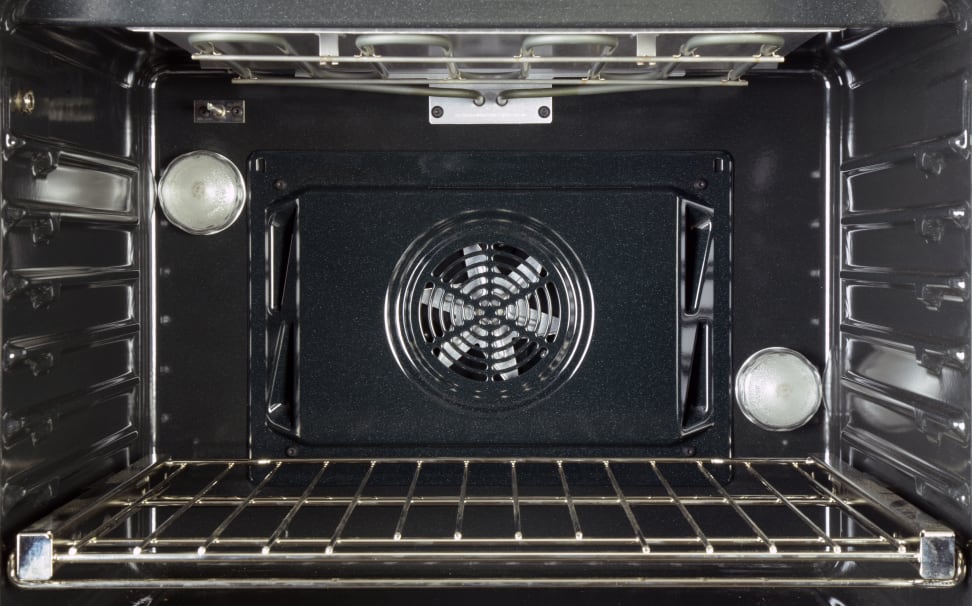 Credit:
Reviewed.com
Credit:
Reviewed.com
Recommendations are independently chosen by Reviewed's editors. Purchases made through the links below may earn us and our publishing partners a commission. Prices were accurate at the time this article was published but may change over time.
Although air fryers have been crowding Amazon wishlists and flying off shelves at Sur La Table since 2015, most home chefs are still afraid to use the air fryer’s convection technology when found in the gadget’s grown-up cousin, the convection oven.
When I was in middle school, my parents spent one long summer renovating our kitchen and purchased a convection wall oven to go along with the other sparkling appliances. Over ten years passed, and they still didn't know how to use the convection feature.
They're not alone. The truth is, many of us have convection-capable ovens and simply don't use them to their full effect. The reason is simple—we're afraid of ruining our food, and haven't taken the time to learn how to cook with convection. (Already sold on convection cooking? Check out our list of the best ranges we've tested, where the winners all have convection!)
Since convection requires different cook times and temperatures, it can be confusing to figure out how to cook your tried-and-true recipes. It's not unlike the learning curve facing induction cooktop owners. The difference, of course, is that induction users have no choice but to learn; convection oven owners can simply use conventional cooking modes.
But like induction, convection is an almost indisputably superior cooking technology. After all, it can reduce cooking times and improve the overall quality of food. And thanks to new oven technologies like automatic convection conversion, which can adjust your conventional recipes for you, it's easier than ever to cook with convection.
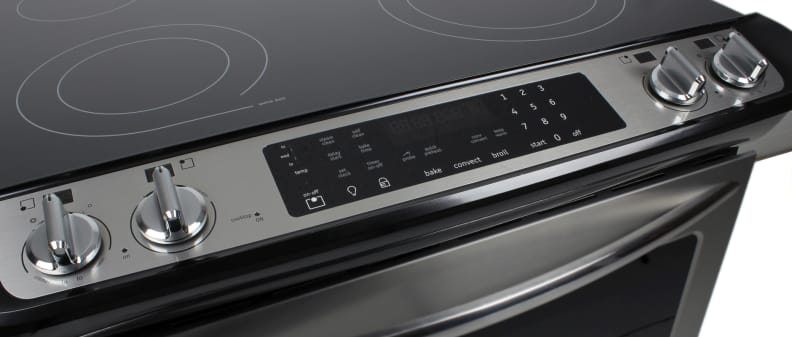
Many ovens come with convection as a standard feature today.
How does convection actually work?
Conventional ovens include two heating elements—one at the top, and one at the bottom of the oven chamber. Both are often used during preheating, but in most cooking situations ovens only use the lower heating element. (The top element is usually reserved for broiling.) This can lead to uneven heating; the center of the oven can be cooler than the top or bottom.
These hot and cold spots can produce uneven cooking. For example, a turkey that you roast for hours could be overcooked in some places and undercooked in others. Or a tray of chocolate chip cookies could come out half-burnt and half-blonde.
Convection ovens use a fan and an extra heating element to correct these flaws. Positioned at the back of the oven, the fan creates a stream of air that's passed over the third element and recirculated into the oven chamber, normalizing the temperature throughout.
"Just like how wind chill works, you kind of have a little bit more intensity of heat when it's moving around," said Chef Bruce Mattel, Associate Dean of Food Production at The Culinary Institute of America.
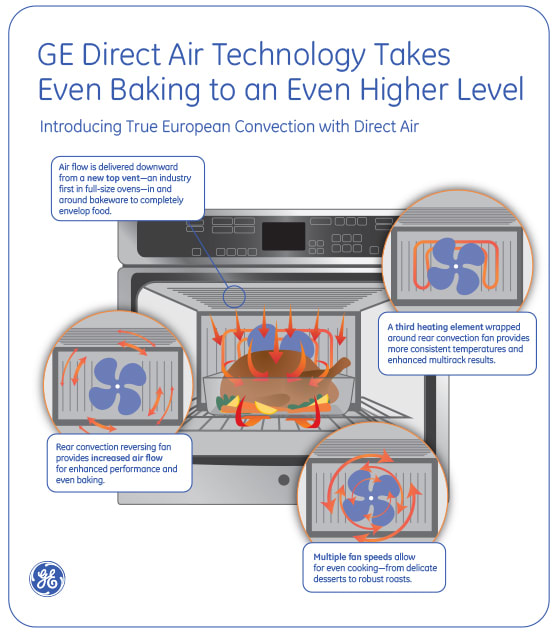
This infographic explains GE's Direct Air convection system.
Mattel says using convection results in roasts that sear better, pastries that are lighter and flakier, and foods that caramelize to a more ideal golden brown.
"One of the reasons why you get better color is that, as food cooks, it emits moisture," said Mattel. "The fan helps wick away that moisture a little more rapidly than a conventional oven."
He added that the whole idea of cooking in an oven is to get rid of moisture. The great thing about convection is that the fan accelerates that process.
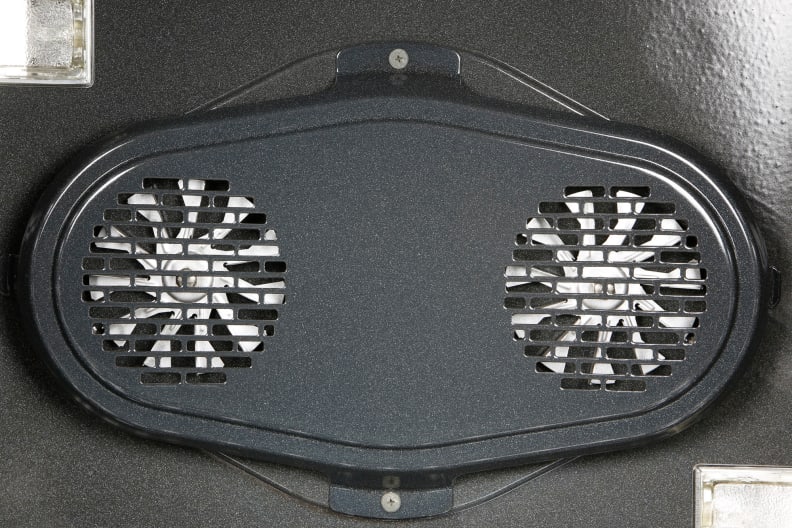
What's "true" convection?
Before we continue, I have to break some bad news: There's deception in the world of convection. If you already own a convection oven, you might want to make sure it's the real thing.
You see, there are two types of "convection" ovens on the market: "True" or "European" convection, and standard convection. True convection ovens have both a fan and a third heating element, while regular convection ovens only have a fan—no additional heating element is included.
"You can use the element at the back of the cavity to provide a good portion of the heat," said Sabrina Hannah, a food scientist at the GE Advanced Systems Group. "And then it's easier to distribute that heat evenly for two or three racks of food."
Regular convection ovens may not cook food as evenly as true convection ovens, since the fan blows around both hot and cold air. In other words, if you want to guarantee you get the most out of convection cooking, make sure you buy a convection oven with a third heating element.

Some ovens sport controls that can make convection cooking easier.
What's automatic convection conversion?
If you're in the market for a convection oven but don't want to deal with the hassle of converting all your recipes, you're in luck. Virtually all convection ovens available today have a feature called automatic convection conversion. As the name suggests, these ovens will automatically convert the temperature and/or cook time from your conventional recipe to work with convection.
"It stems from this idea that consumers have been hesitant to use it because they don't want to have to change a recipe," said Hannah. "You don't want it to not work."
But if you already own a convection oven without automatic conversion, don't worry—you don't need to buy a new stove. Below, we'll explain how you can convert your recipes yourself.
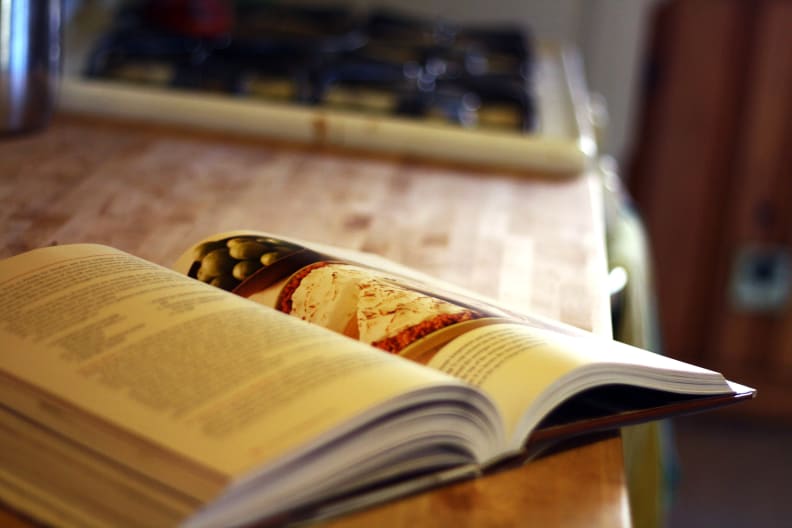
How do I convert recipes myself?
There are no hard and fast rules for converting your recipes to convection, but we can still provide some general guidelines.
Better Homes & Gardens recommends either reducing the cook time by about one quarter or reducing the oven temperature by about 25 degrees. Chef Mattel adds that, in general, it's best to reduce oven temperature first, before adjusting cook time.
For recipes that need to be covered while cooking, the cook time and temperature should be the same. This makes sense, since the food inside a covered baking dish isn't exposed to the hot air being blown around by the convection fan.
It takes some trial and error to get the hang of convection, but if you use these simple tips, you should be able to avoid any culinary mishaps.
When shouldn't I use convection?
Convection can help just about anything cook faster and taste better, but there are still a couple cases where you shouldn't use it.
In particular, Chef Mattel says the fan can cause problems when you're cooking foods that are naturally light and airy. Take cream puffs, for example.
"You wouldn't want to use the fan because once the product leavens, it could actually blow off the pan," he said.
Mattel adds that the same thing can happen when cooking with parchment paper or tin foil; air can get under it and blow everything off your cookie sheet.
For her part, GE's Sabrina Hannah said she has never witnessed this particular issue with her company's ovens, but it's not outside the realm of possibility for convection ovens in general.
Should I buy a convection oven?
Our lab tests convincingly show that convection settings consistently outperform conventional cooking in terms of uniformity and consistency. That alone should convince serious cooks that their next oven or range ought to include convection.
However, you may need to spend a little more to get convection—particularly if you want true convection. Typically, you should budget at least $700 to get a range with a traditional convection setting, or $800 to $1,000 for true convection. Many of the bestselling ranges on the market today are below those price points.
If your budget can support a convection-enabled range or wall oven, there's simply no reason not to pony up.






